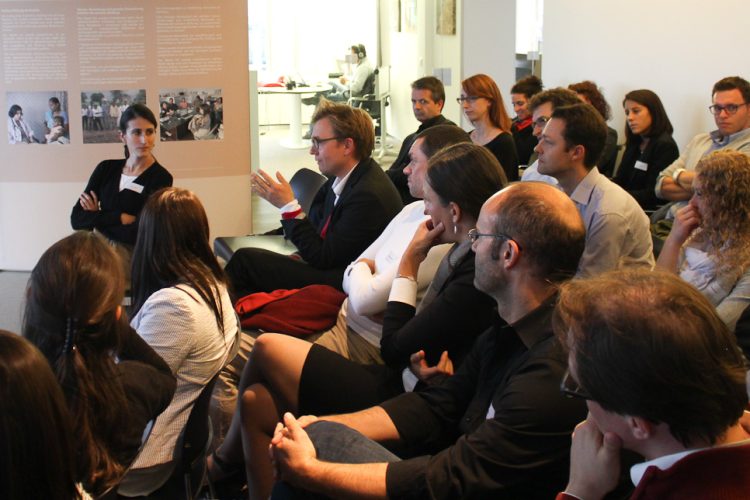The global population is predicted to reach almost 10 billion by 2050. How can all of these people be fed, while reducing greenhouse gas emissions, protecting biodiversity and developing...
Abstract The case study is about the dilemma faced by Dr. Jim Yong Kim (Kim), President of the World Bank Group, related to International Finance Corporation’s (IFC) funding...
Abstract The case revolves around “Sistema Ser” (SSer) (1), a private health care organization that serves the base of the pyramid (BOP) in northern Argentina, and its founder...
Abstract With no previous experience in the mobile phone industry, Bas van Abel, an industrial designer based in Amsterdam, started Fairphone as an NGO [non-governmental organisation] awareness campaign...
Abstract The case focuses on Roba Amiga, a network of organizations devoted to collect, select and sell second-hand clothes in Barcelona and its surrounding, with the aim of...
Abstract Poverty, illiteracy and gender discrimination have been the underlying factors that have stifled development in the villages of Jharkhand state in northern India. In 2006, Hudlung village...
Abstract Considered taboo in many parts of the world, menstrual hygiene was a subject ridden with many myths and misconceptions, especially in a country like India. Arunachalam Muruganantham...
Abstract Walmart the largest company in the world by revenues as of 2014, operated on the philosophy of providing its consumers products at the lowest possible price. To...
Abstract The success of Apple Inc.’s products like the iPhone and the iPad made the company rely on manufacturers in Asia to produce its products at a lower...
Abstract In July 2012 Peter Terium was named the new CEO of RWE, the biggest electricity provider in Germany. RWE has performed financially well over the previous 40...
- 1
- 2


